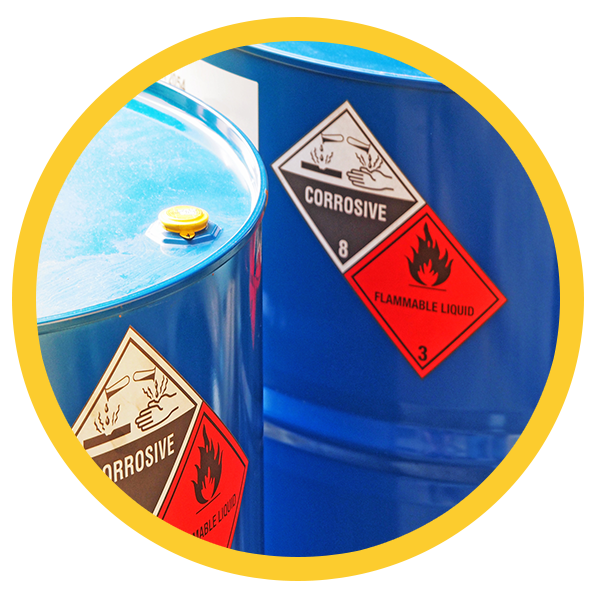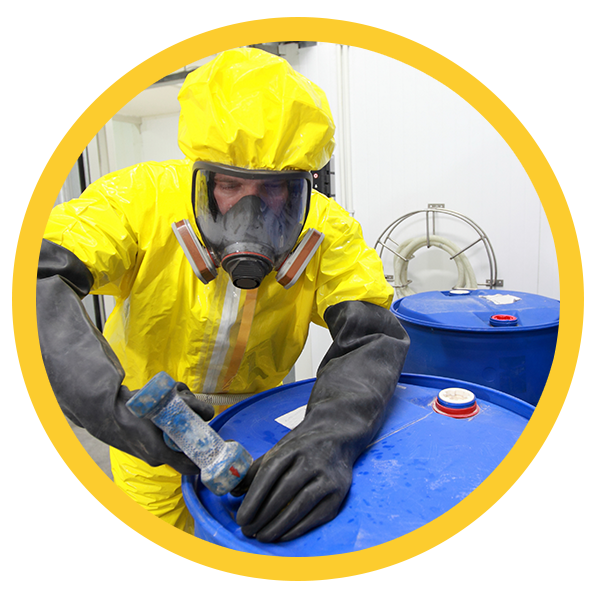A hazardous material is any item or agent (biological, chemical or physical), which has the potential to cause harm to humans, animals or the environment, either by itself or through interaction with other factors.
Examples of hazardous materials include chemicals, toxic agents, corrosives, combustible or flammable chemicals. Hazardous materials can damage the skin, lungs and eyes and in extreme cases cause explosions and fires. It is important to ensure your employees understand the dangers of hazardous materials, know how they should be stored and wear the proper protective equipment when exposed to them.
Below are three steps you can take to ensure the safety of your employees when dealing with hazardous materials.

















